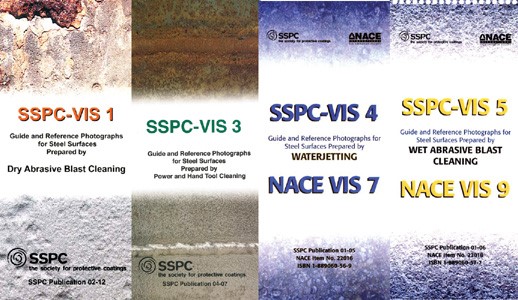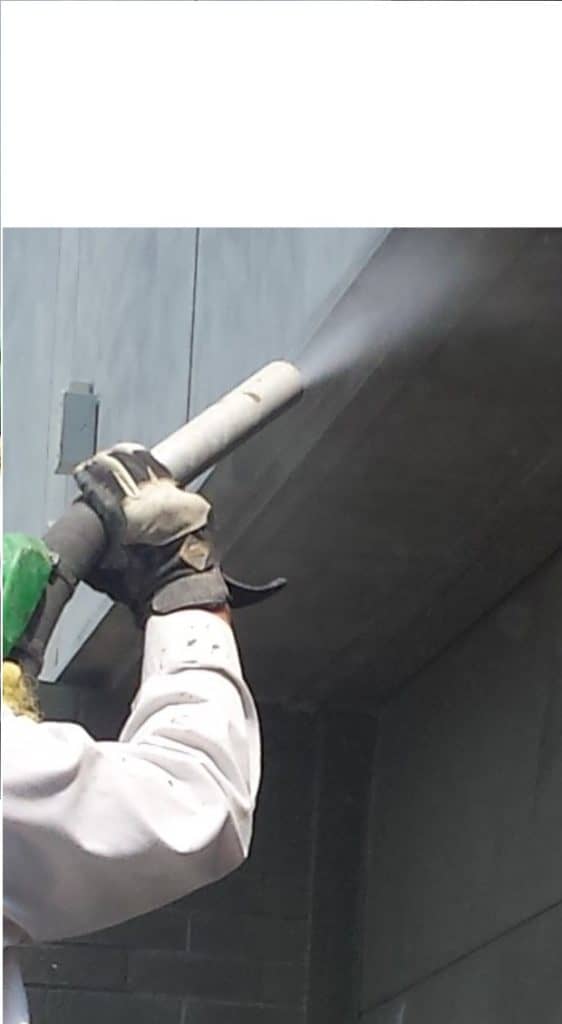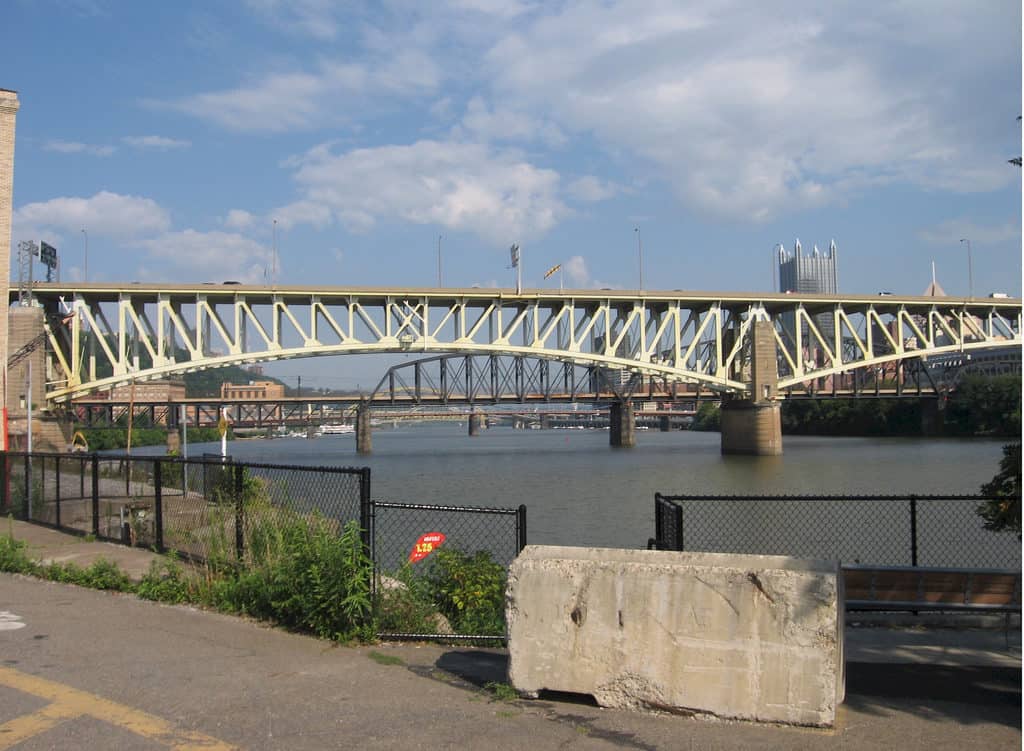Get Your Three (3) Free Coatings E-Books Today!
Three Free Coatings E-Books have been released by KTA-Tator, Inc in the Spring/Summer of 2017. They are all available below: Measuring Coating Thickness According to SSPC-PA 2 In April of 2017, KTA-Tator, Inc. released a Free E-Book titled “Measuring Coating Thickness According to SSPC-PA 2.” The E-book, written by KTA COO and SSPC Dry Film Thickness […]
Get Your Three (3) Free Coatings E-Books Today! Read More »









